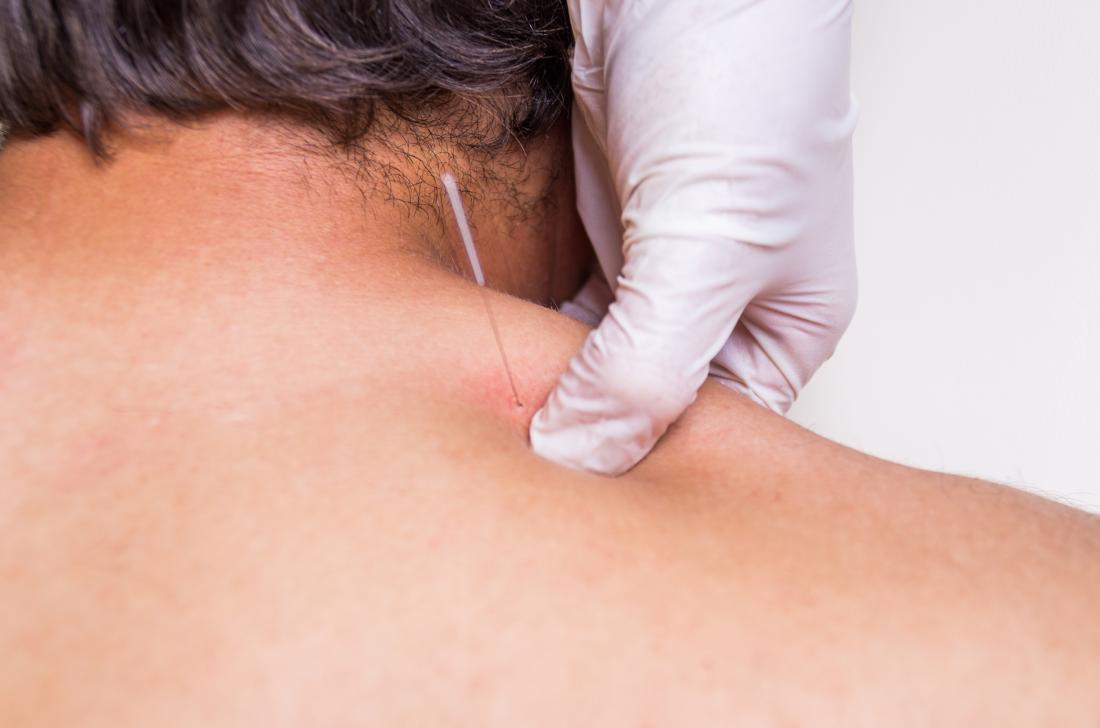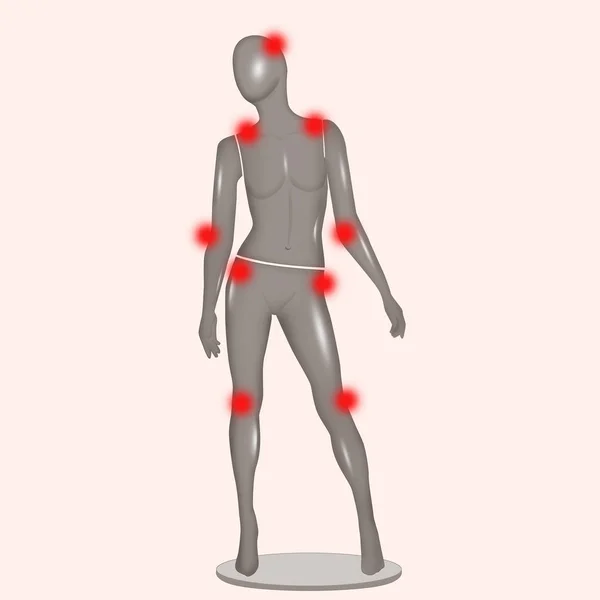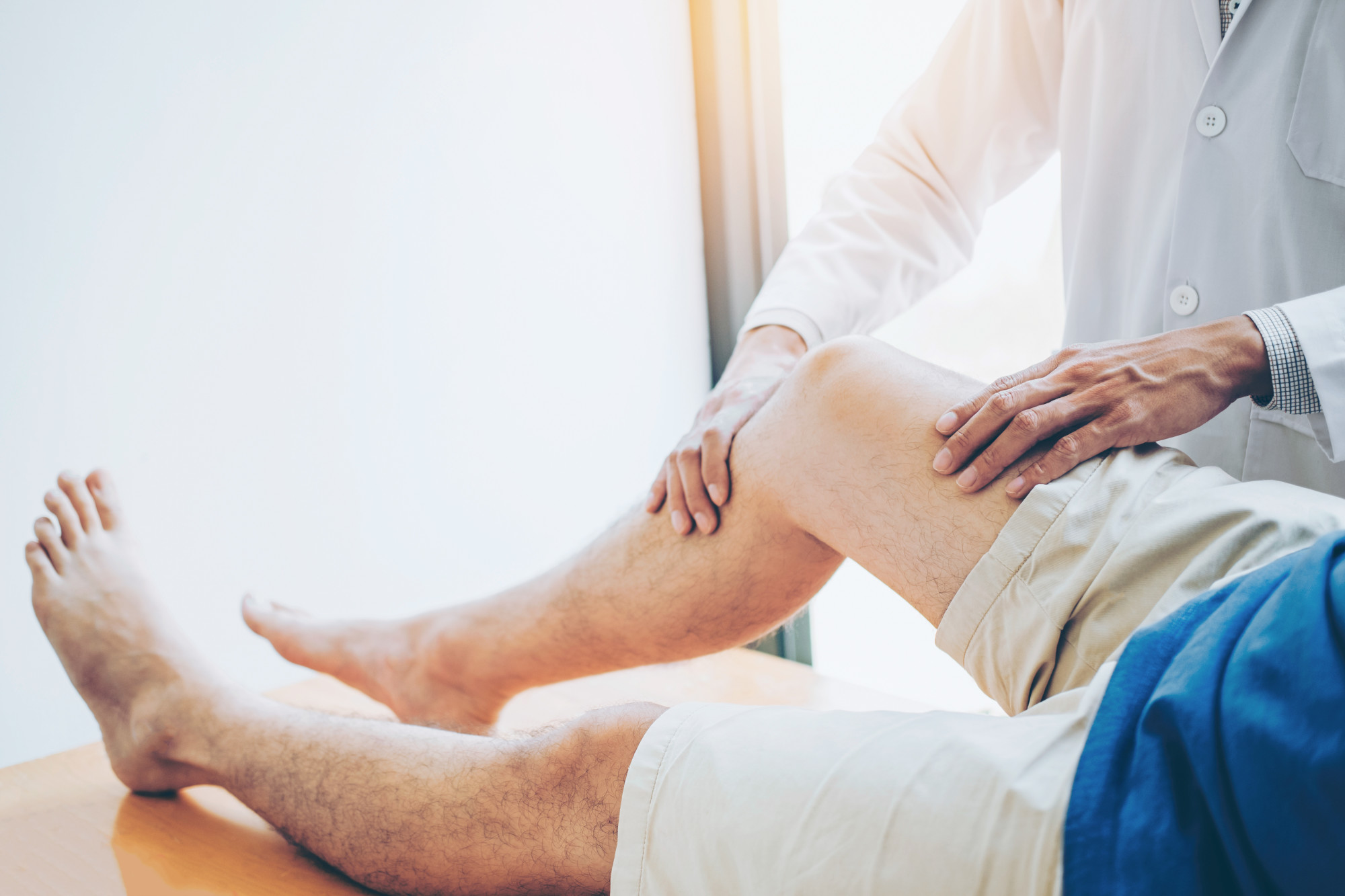Back
Precision Healing: Understanding Dry Needling and Its Benefits
By Dr. Christine Martirez PT, DPT on 1/17/2024

In the realm of innovative therapeutic techniques, dry needling has emerged as a powerful approach to address musculoskeletal pain and dysfunction. While resembling acupuncture in the use of thin needles, dry needling is distinct in its focus on trigger points and neuromuscular junctions. Let's explore what dry needling is, how it works, and the transformative benefits it brings to the realm of pain management and rehabilitation.
Decoding Dry Needling: What Is It?
Dry needling is a specialized technique performed by trained healthcare professionals, such as physical therapists. It involves the insertion of thin, solid needles directly into myofascial trigger points—taut bands of muscle that may contribute to pain and dysfunction. Unlike acupuncture, which is rooted in traditional Chinese medicine, dry needling is firmly grounded in Western anatomical and neurophysiological principles.

How Does Dry Needling Work?
Trigger Point Release:
The primary objective of dry needling is to release trigger points, which are hyperirritable spots within tight muscle bands. The insertion of the needle prompts a local twitch response, signaling the muscle to relax and promoting improved blood flow to the affected area.Neuromuscular Junction Modulation:
Dry needling influences the neuromuscular junction—the connection between nerves and muscles. By stimulating this junction, the therapy aims to reset dysfunctional neural signaling, reduce pain, and enhance muscle function.Pain Modulation:
The insertion of needles triggers a cascade of physiological responses, including the release of endorphins, the body's natural painkillers. This process contributes to pain modulation, helping individuals experience relief from various musculoskeletal issues.

Benefits of Dry Needling:
Pain Relief:
Dry needling is renowned for its effectiveness in providing rapid and significant pain relief. Whether addressing chronic conditions or acute injuries, the therapy targets the root cause of pain and promotes lasting relief.Improved Range of Motion:
By releasing tight muscles and restoring proper neuromuscular function, dry needling contributes to improved joint mobility and flexibility. This benefit is particularly valuable for individuals dealing with musculoskeletal restrictions.Enhanced Muscle Function:
The precise targeting of trigger points helps normalize muscle activity, allowing for improved strength, coordination, and overall muscle function. This can be beneficial for athletes and individuals seeking to optimize their physical performance.Accelerated Recovery:
Incorporating dry needling into rehabilitation programs accelerates the recovery process after injuries or surgeries. The therapy aids in reducing inflammation, promoting tissue healing, and preventing the development of chronic pain patterns.Complementary to Other Therapies:
Dry needling is often used as part of a comprehensive treatment plan that may include therapeutic exercise, manual therapy and other modalities. Its versatility makes it a valuable addition to multifaceted rehabilitation approaches.

Considerations and Precautions:
Professional Expertise:
Dry needling should be performed by qualified and trained healthcare professionals with expertise in anatomy and musculoskeletal conditions.Individualized Treatment:
Each individual's response to dry needling may vary, and treatments should be tailored to address specific needs and concerns.Temporary Discomfort:
While the procedure is generally well-tolerated, individuals may experience temporary discomfort during the needling process. This discomfort is typically brief and followed by relief.
Dry needling stands as a precision healing technique, offering targeted relief for musculoskeletal pain and dysfunction. By addressing trigger points and neuromuscular imbalances, this therapeutic approach provides individuals with a pathway to pain relief, improved mobility, and enhanced overall well-being. Whether as a standalone treatment or part of a comprehensive rehabilitation plan, dry needling opens doors to transformative benefits in the realm of pain management and physical rehabilitation.
Read More:
Dry Needling for C-Section Scars and Postpartum Recovery By Dr. Christine Martirez PT, DPT on 10/15/2024 Learn how dry needling can be used for c-section scars and c-section recovery How Red Light Therapy Can Be Used to Treat Pelvic Floor Dysfunctions By Dr. Christine Martirez PT, DPT on 10/15/2024 Learn about red light therapy and how it can be used to treat pelvic floor dysfunctions
Are you ready to live pain free?
Request An Appointment